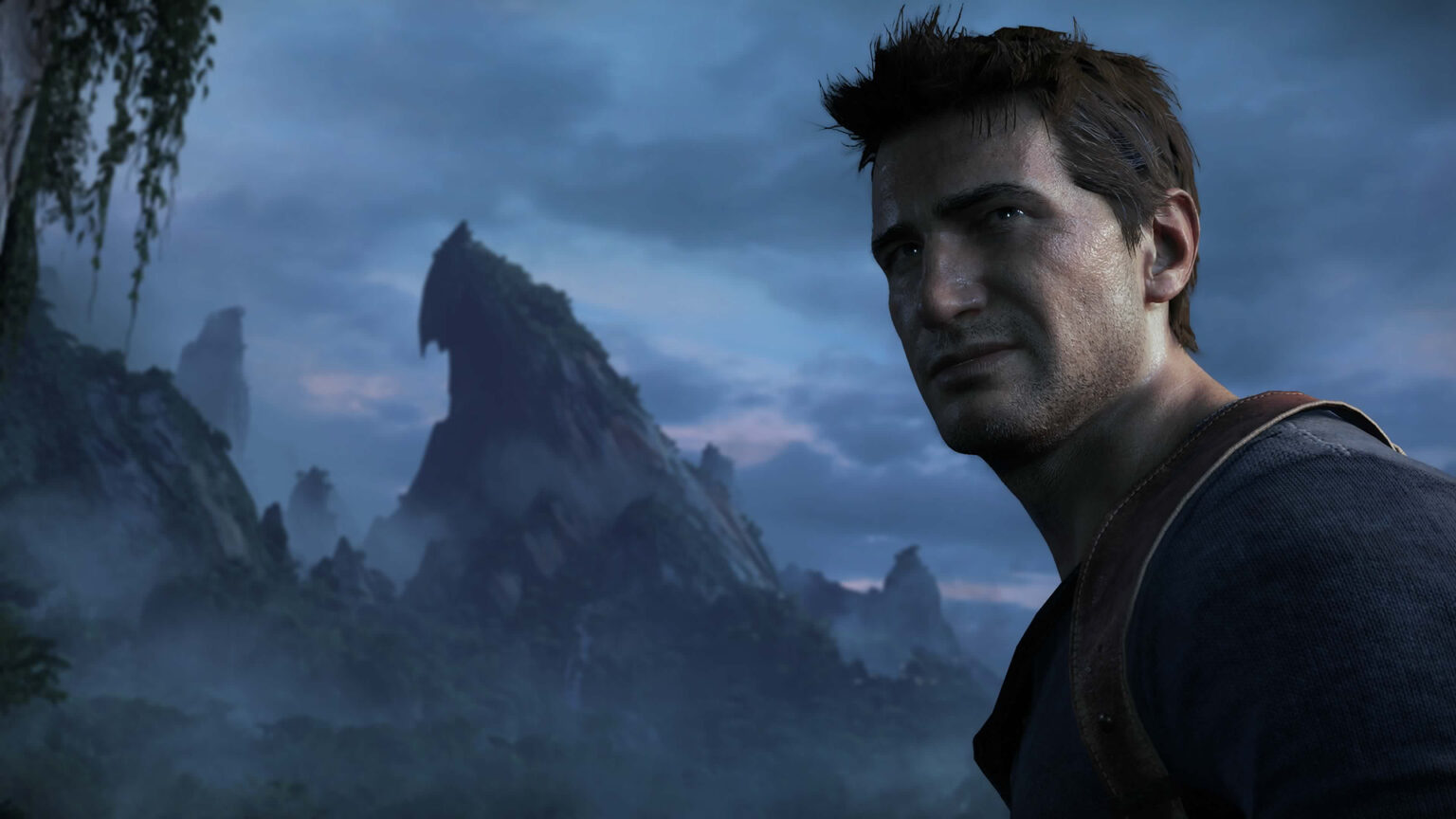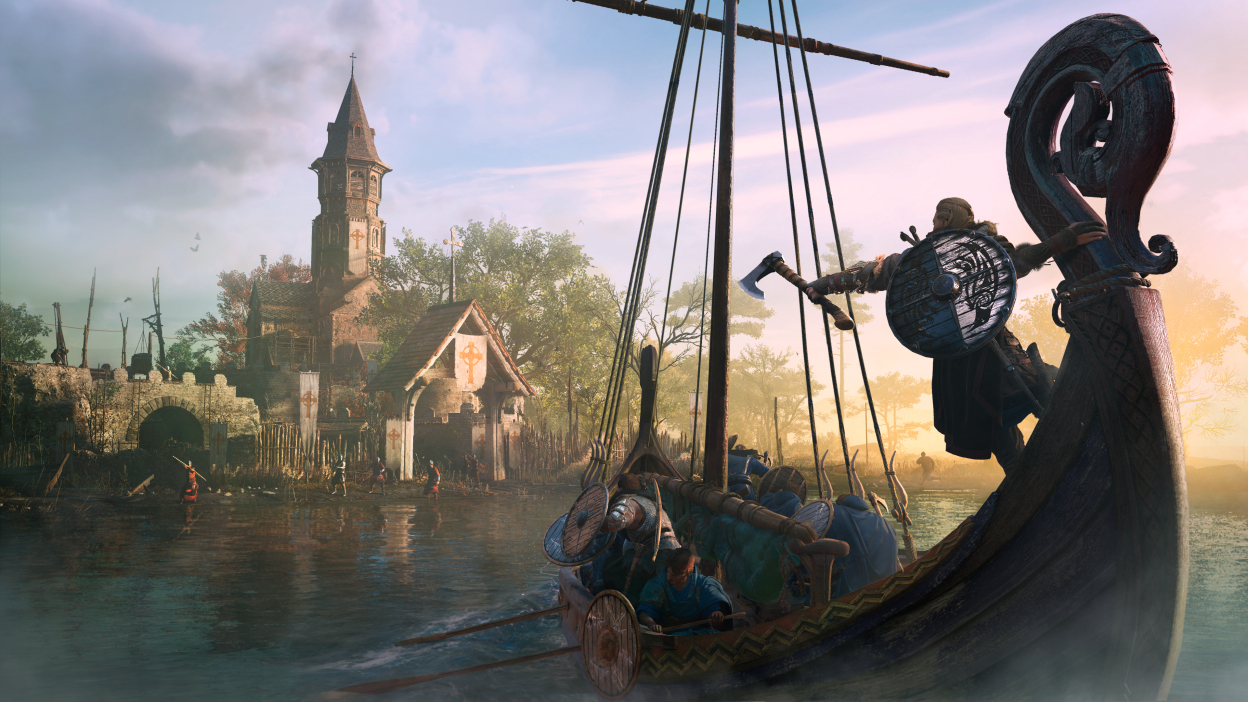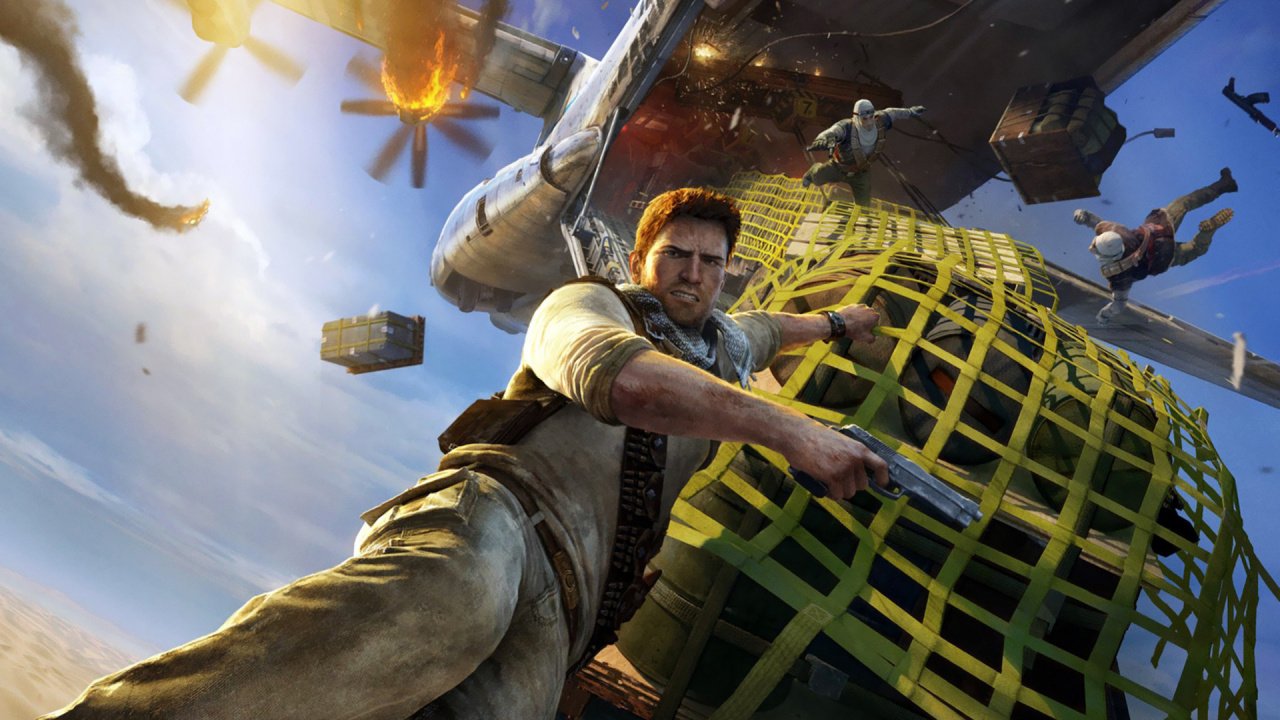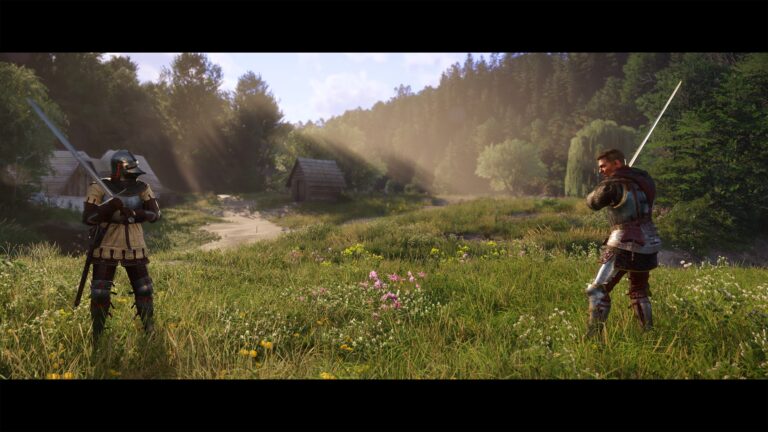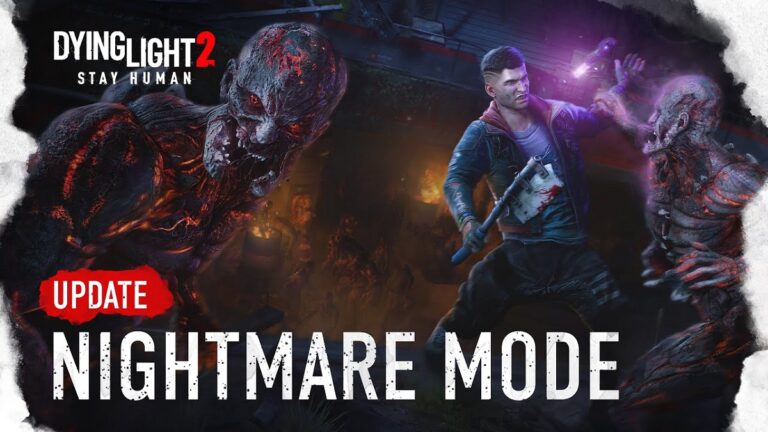When I first got my PlayStation 3, I grew a great admiration for Uncharted: Drake’s Fortune thanks to its story-heavy focus and cinematic feel. Its linear path brought focus away from cranking out a huge world and onto the establishment of solid details, fun gameplay, and intriguing character dynamics. Now Naughty Dog has been swallowed by the modern trends of gaming, granting their games a wider environment for the players.
Luckily, the studio has managed to keep that same attention to detail and characters amid the wider environments, but, still, the newer version of Naughty Dog games has lost a bit of simple linearity, possibly overwhelming the player with too many things to do and distracting them from the main story at hand.
Of course, there is nothing wrong with the industry’s transition into enhanced player freedom – the sheer sense of exploration without hand-holding is what made The Legend of Zelda: Breathe of the Wild so special after all. Even though open environments are not inherently bad, they do feel overdone and tiresome when almost every game is moving in that direction. What were once linear games are becoming open-world games and what were once open-world games have become even bigger open-world games. This trend will surely continue and even blossom into more dreaded live service games, and that’s a huge shame. Some of my favorite games, which we’ll discuss later, are linear, but now these games are a commodity instead of a norm.
This gaming trend is not unfounded – the sale figures back it up. Assassin’s Creed Valhalla, one of the biggest Assassin’s Creed games to date, performed better in its first week than any other game from the series. Additionally, Ubisoft stated that the series’ yearly revenue was up 50 percent from the previous year. With that type of success, the Uncharted-inspired Assassin’s Creed seems more like fantasy than reality. Similarly, live service games are the direct opposite of simple linearity, shifting from a contained story to a continuous, never-ending world. These games were EA’s highest source of revenue in 2020 and 2021, according to a financial statement. For some perspective, live service games brought in $4,485 million as compared to the $1,911 million from non-live service games.
Unfortunately, this trend is here to stay even though there is evidence that points to higher enjoyment of linear titles. Marvel’s Avengers, for example, has a 68 Metacritic score (3.2 from the fans) as compared to the 78 Metacritic score of Marvel’s Guardians of the Galaxy, a linear game, which also boasts an 8.2 from fans. Even though there are some objective numbers to back up my point, a lot of this comes down to personal taste, so I’ll discuss my problems with open-world games in more detail then discuss some excellent linear games, some of which have already been mentioned.
The Problem With Big Games
I’m not going to say that all “big” games are bad, that’s simply not true. Halo Infinite’s campaign is more open than ever, which is not bad, but it points to a general over-emphasis of the open-world formula, which diminishes the notion of diversity in game development. As the open-world trend continues, we are missing out on simple experiences that are, straightforward, well designed, detailed, bug-free, and story-driven. One of the biggest culprits of bloated games is Ubisoft, which makes them an ideal example of open worlds that leave a bad taste in my mouth.
I’m an advocate of the earlier Assassin’s Creed games, primarily the Ezio trilogy, because they were focused on the story and gameplay fitting of an Assassin. The series was always based around an open world, but it just got bigger and bigger over the years, eventually choosing player freedom over quality. While every inch of travel around Venice, Constantinople, and Rome was compact with things to do, the lands of England and the dunes of Egypt offer large vistas of nothingness. It’s not fun to hold the analog stick forward for two minutes as you watch your horse gallop across a grassland, in what is, almost like a prolonged load screen. Additionally, the bigger the world, the more repetitive it gets. For instance, I got tired of fighting the same soldiers in countless camps during my hundreds of hours in Assassin’s Creed Odyssey.
One specific example of the downfall of Assassin’s Creed is the parkour system. It used to be a precise mini-puzzle where Ezio would jump across ledges with skill, but now, since the maps are too big to merit such a gamified traversal system, the character can climb anything with a simple press forward of the analog stick. The simplified system takes all the fun out of traversing, but it makes navigating the huge world a faster experience. Overall, bigger games mean that essential elements have to be cut. In this particular example, stealth gameplay got thrown to the side in favor of player freedom. When a game is so big, you don’t want to spend the extra time to plan out a route, sneak around opponents, and take them out one by one. No, you want to get the encounter over with as fast as possible because you still have 30 hours’ worth of camps to take out.
Besides these specific gameplay frustrations, huge games are simply too long to enjoy. Far Cry 6 is a fun, fast-paced shooter, but even the best gameplay loops can get tiresome when you do them for too long. By the time I reached the third section of Far Cry 6, it was a struggle to keep going. It’s like a good TV show that overstays its welcome. The Walking Dead, for instance, keeps on going, retreading the same story beats over and over again, while Breaking Bad tells a concise story without any fluff. Even The Last of Us Part 2 has a prolonged open environment that added hours to an otherwise long story.
Lastly, the side content that populates open worlds can be a meaningless distraction from the main, and best, gameplay segments. Few people want to chase pigeons around New York City in Marvel’s Spider-Man or take a treacherous side route to find a poncho in Star Wars: Jedi Fallen Order. Most of the time, side content like this does not add value to the game but only serves to pad out its length. To further strengthen the value of linear games, let’s look at some of my favorites and what makes them so appealing.
The Artful Escape
With this trend, I often find solace in the simple, straightforward nature of indie games where the focus is on achieving a specific feeling from the player. If you looked up linearity in the dictionary, the Artful Escape will show up, it being a literal straight line all the way through. This beautiful game follows Francis Vendetti as he struggles between expectations and personal desire. It’s the Bob Dylan story. A talented guitarist who wants to break away from the folk persona of his family embarks on a psychedelic journey through dimensions to discover who he really is.
The gameplay is simple: jump gaps, and play the guitar; there are no unnecessary elements or optional objectives. The linear design allows all focus to be placed on the story and the designed experience, which makes Artful Escape one of the most memorable games of 2021. When you walk through an environment with a single goal in mind, you don’t get bogged down by inconsequential details.
Without the goal of making the biggest game possible, the developers, Beethoven & Dinosaur, put all their energy into the most important aspects of the game. Even though this is not a Triple-A game, the visuals are the best of the year. The diverse backgrounds shine with purple and blue psychedelic energy and the shredding guitar adds to the bombastic yet relaxing experience. When the player does have some freedom, it is meaningful…not an unnecessary detour.
Throughout the game, you make decisions that help Francis discover his identity, which includes coming up with a backstory, stage name, and his neon punk attire. These decisions add to the theme of the game, a design element that triple-A experiences could learn from. Everything included in the game should serve a meaningful purpose. Artful Escape does this in strides while most Triple-A games throw in an unmanageable amount of unnecessary content.
Batman Arkham Asylum
The Arkham series offers some of the best superhero experiences in gaming, but they’ve also gone down the open-world path, every game getting a little bigger as the series progresses. Arkham Asylum, the first of the series, is the most linear, placing Batman in the confines of the infamous prison. To no one’s surprise, this is my favorite game in the Arkham series thanks to its claustrophobic and streamlined nature. In the game, Batman visits Arkham Asylum where the Joker escapes (who would have thought) and takes control of the island. The caped crusader must traverse the damp corridors, fight classic villains, and stop The Joker in his tracks.
My favorite Batman storylines are the ones that dive into the creepy, more horror-focused nature of the hero. This dark theme subsides throughout the series and I believe that’s due to one fact, a lack of linearity. Despite Arkham Asylum having a small open world, everything is confined to the island, meaning that the main path is the central driving force of the game. Riddler trophies are the only tedious optional activity, but they do not distract from the story because they are centered right along the main path.
Thanks to this more limited design, Rocksteady, was able to focus on crafting a creepy world with a horrific atmosphere. The corridors of Arkham Asylum are dark and anxiety-inducing, filled with outdated medical equipment and blood marks. It’s home to the worst of villainy and it shows in every environmental detail. This atmosphere is more difficult to create when developers have to focus on all of Gotham instead of a small section of it.
Additionally, there is a weight lifted with simplicity. Every time I replay Arkham Asylum, I’m encouraged by the fact there isn’t a complicated skill tree, multiple paths, or an overabundance of gear with different attributes. I just have an intriguing story, great atmosphere, and fun gameplay and that’s enough.
Uncharted
Uncharted is the perfect example of a linear game that gradually transitions into a wider environment, but Naughty Dog saved their core gameplay concept, linearity, from total abandonment. Many people will know Uncharted as that cheesy movie with Tom Holland, but gamers know it’s a charming treasure hunting adventure filled with character love and exciting set pieces.
I go back and play all four mainline Uncharted games over and over again. They are like comfort food, a strange sense of relaxation, substantiated by their simple nature. I know exactly what I will get: a straight path to fun shootouts, thrilling cinematic moments, and intriguing puzzles replete with extreme details. Instead of having to level up Nathan Drake or search through a long list of quests, I simply enjoy a preset adventure similar to that of your favorite action movie protagonist.
Sure, there is a place for complex mechanics and open worlds, but sometimes I just want to relax and enjoy the ride. For instance, I know that every time I boot up “Chapter 6: Desperate Times” in Uncharted 2, I’ll be jumping across rooftops as a helicopter tries to pin me down with missiles and machine gunfire. I’ll eventually find myself punching goons in a collapsing building and jumping through a window, barely escaping. The developer wanted me to follow this path, and that’s not a bad thing.
In later Uncharted games, especially Uncharted 4: A Thief’s End, the combat started opening up, giving you a variety of paths and opportunities to take out an onslaught of enemy soldiers. You could shimmy the side of a mountain to avoid contact, swing on a rope to reach higher ground, or run and gun your way through. These segments were limited to combat scenarios while the rest of the game followed a traditional linear path. The outcome was freedom in combat, which also fell in line with the linear tradition of the series.
The widest environments of Uncharted 4 are “The Twelve Towers” and the “At Sea” missions. These fell victim to some of the misgivings of open-world games by having players hunt down useless trinkets, ultimately, taking away from the overarching narrative. These treasures get in the way of exciting story moments and fun set pieces, such as dangling off the side of a mountain in a jeep. Of course, these treasures are optional (not attached to player progression at all) so Uncharted 4 has avoided the major pitfalls of open-world games, especially since the majority of it is still linear.
Ultimately, the Uncharted series, especially the first three, are a part of a bygone era of linearity. If a new Uncharted ever comes out, I’m sure it will embrace the open world trend of Triple-A games even more than it has already. Even though it is exciting to see a series develop into something new, the original Uncharted games will always exude a nostalgic message: this is when games used to be simple.
A Break from Complexity
Please don’t take this the wrong way. There is a place for huge games with multiple playstyles, tons of objectives, and vast open worlds. If done well, they can deliver a highly immersive experience that gives players the freedom to play however they please. I just hope that developers don’t succumb to the pull of the wider industry and forget the value of linear games. Sometimes we need a simple gaming experience to give us a break from all the complexity.
No related posts.



